Boeing B-47 Stratojet Bomber
As soon as I picked up this book I felt good about it. About six years ago Schiffer Publications published Walter j. Boyne’s book on the B-52 which I have taken as a benchmark. Although only edited by Boyne it has the same detailed authoritative approach. It also had a very personal context.
I remember back in the early 1960’s, when working at the Weapons Research Establishment at Salisbury in South Australia, seeing a B-47 and a Douglas C-124 Globermaster II support aircraft.
These came in when the future looked bad for the F-111 C and these were offered as stop-gaps. In fact we leased F-4 Phantoms instead. I can still see the mighty six jet bomber arriving at the adjacent Edinburgh airfield.
The first part of the book works its way through the antecedents of the B-47 and shows how the concept first came about. It then goes on to discuss the variations of Boeing concepts that lead to the eventual production model the B-47A.
Each sub-type of the B-47 has its own chapter as do each of the main sub-types through to the B-47E. In addition both the B-47B and the B-47E have a chapter on “Variants and Conversions”. It is these chapters that reveal some of the most fascinating stories about the B-47.
We see variants such as the YB-47C, a.k.a the YB-56 which was planned as the only, four (not six) jet version of the B-47. This was never completed but showed the future for four-engined Boeing jets.
The other four-engined model, the XB-47D, had two turboprops and two turbojets. This would have led to the un-built B-55, not mentioned in this book but which is in Boyne’s B-52 book.
There is wide coverage of the special reconnaissance models, the RB-47B, the RB-47E and the RB-47K.The first one was only used for training but the other two, were used for dangerous spy flights over the Soviet Union – replacing the RB-29 and RB-50 variants that had previously been used.
HOW IT WORKS: Boeing B-47 Stratojet Aircraft
One unusual variant was in fact the only 13-47 to be based outside of the USA. This was the CL-52, the only seven-engined version of the bomber. It was a modified 13-47B made ready to test the Orenda Iroquios engine meant for the Avro Canada CF-105 Arrow.
The final chapter of the book deals with the “Special Variants” of the B-47. These were for photographic intelligence, electronic intelligence (ELINT) and telemetry intelligence (TELINT).
The ELINT work had previously been carried out by special variants of the RB-50 but these were obsolete and sitting ducks to Soviet Air Defense by the early 1950s. This was replaced by the RB-47H which was produced in a number of high technology variants.
These are detailed in this chapter complete with detailed drawings of the specialist crew stations. The book is completed by two appendices. Appendix A details the various bases used by B-47 wings during their service career.
Appendix B gives the locations of preserved B-47s around the USA. This is quite a surprising list as there are still 25 in existence, but sadly no flying examples. Most of the survivors are B-47 variants while there is one each of the XB-47 and the B-47A. Only four examples of the B-47B survive.
This is a comprehensive coverage of an important aircraft. It is well illustrated with photographs, some of which I have not seen before, technical drawings and a color section.
It was not only important in its own right, but also as the first multi-jet swept-wing Boeing aircraft.This was to lead to aircraft such as the B-52, the KC-135, and then to the 707 – a legacy flowing through to the Boeing 777. This a book which I strongly recommend to anyone interested in US military aircraft.
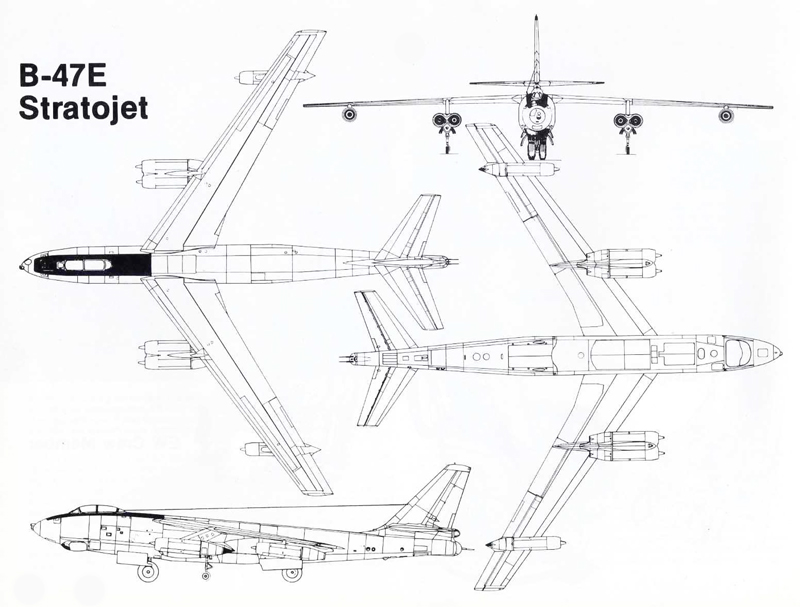






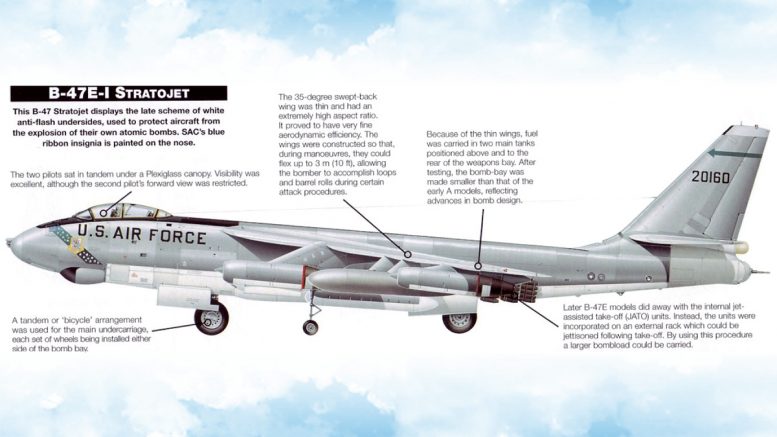
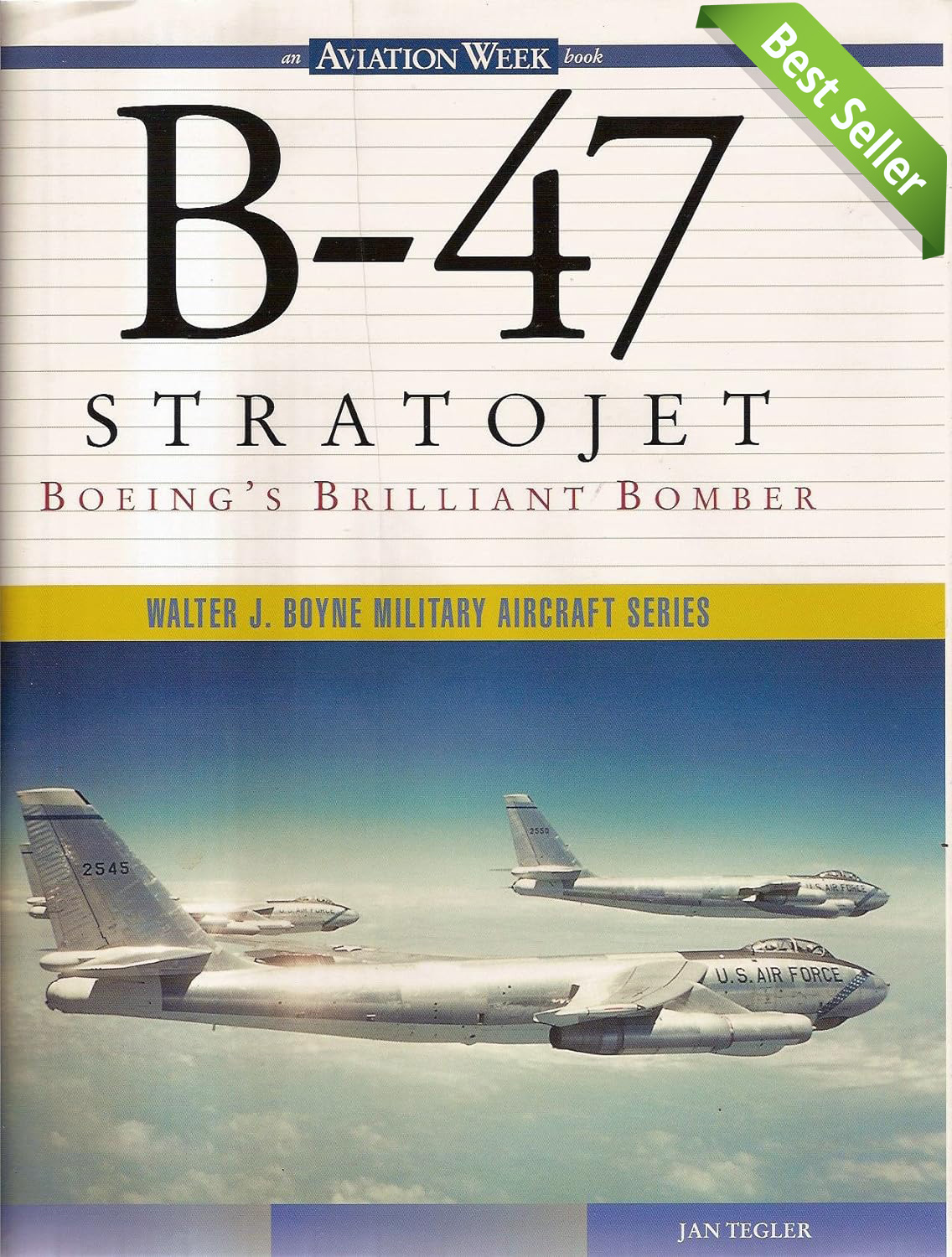
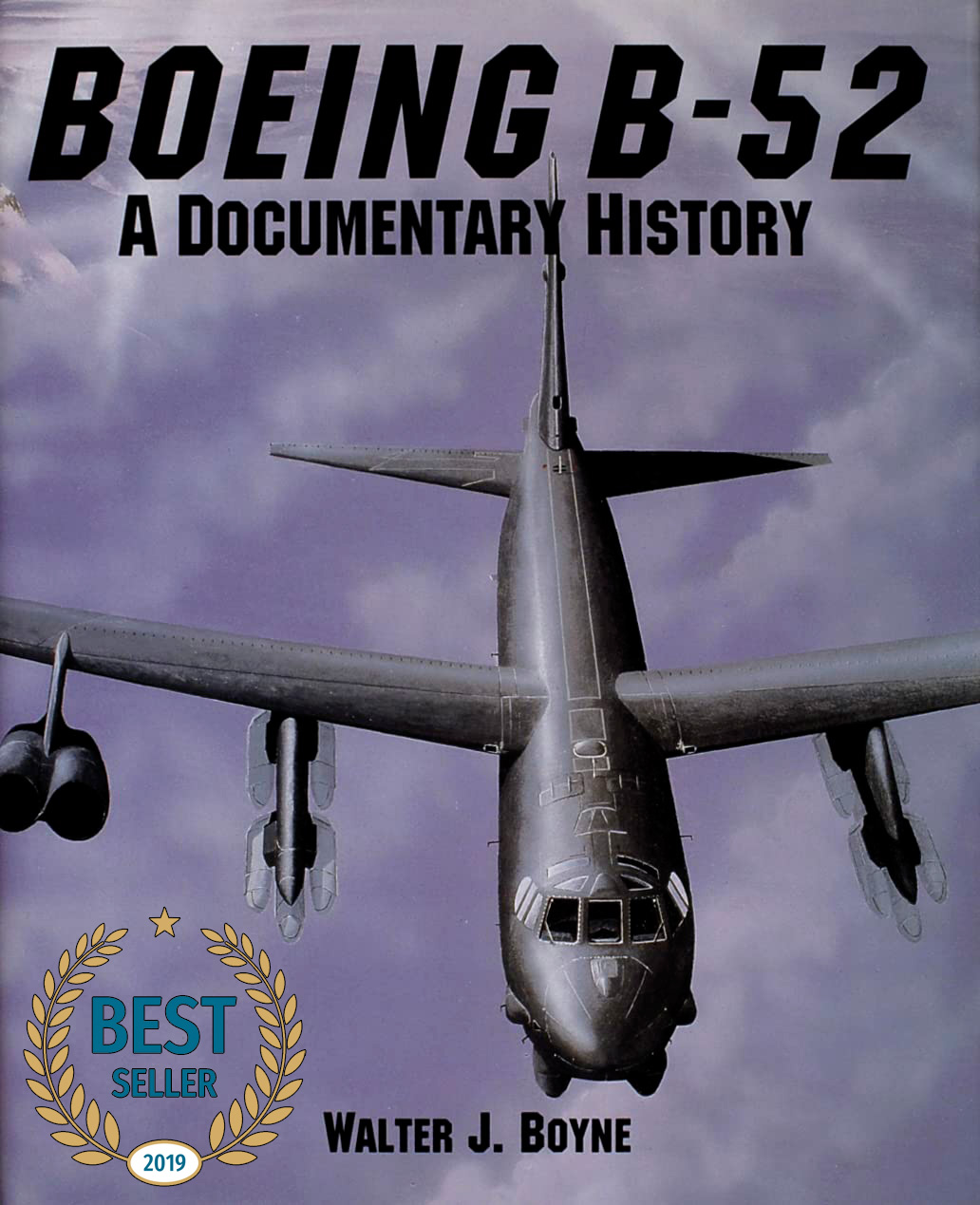
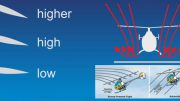
Be the first to comment on "B-47 Stratojet Boeing’s Brilliant Bomber"